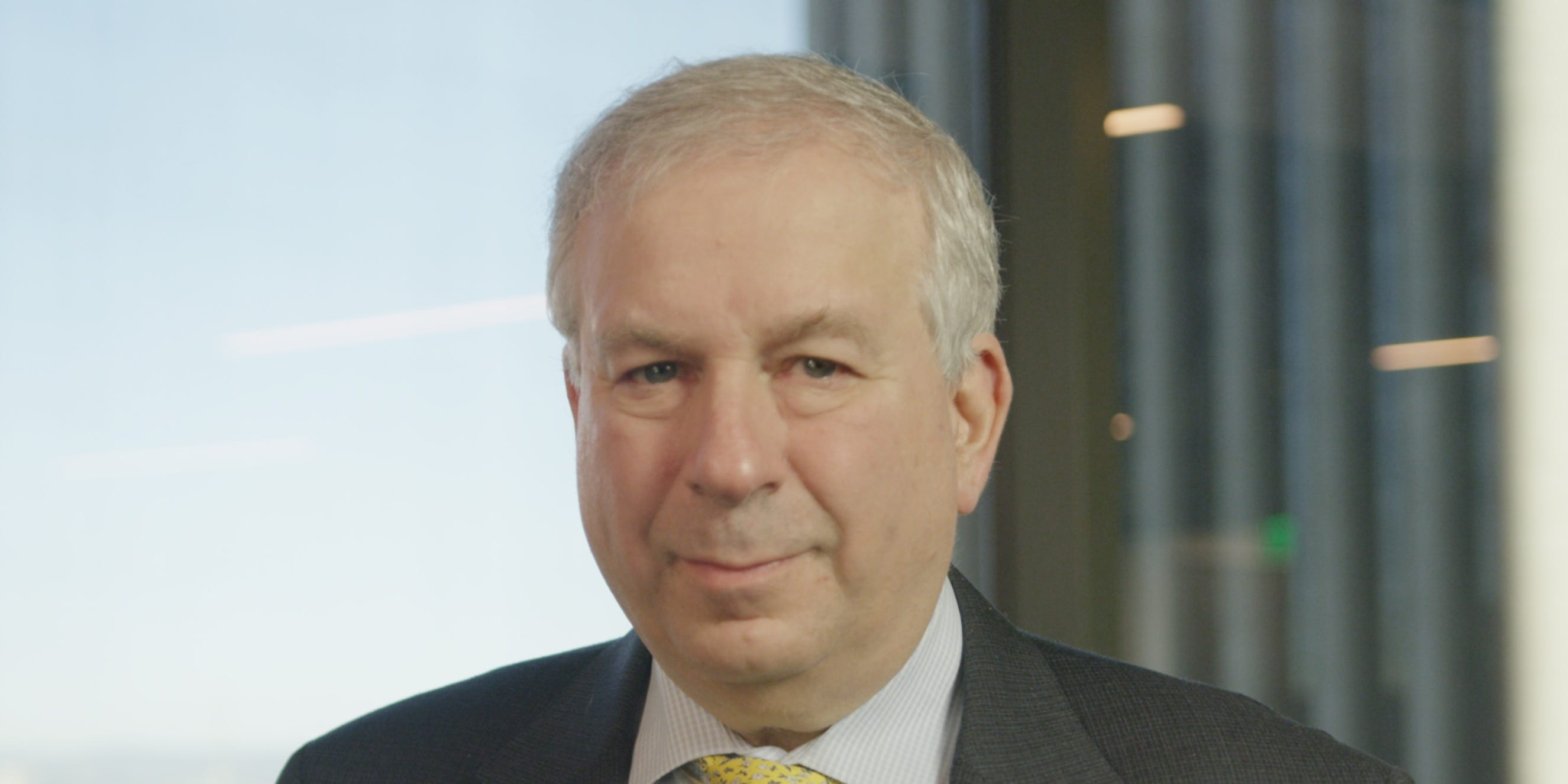David Rosenberg sees shades of the dot-com bubble in the fanfare around tech stocks and the economy. The veteran economist compares AI hype today to internet mania in the early 2000s. A recession appears to be a virtual certainty as the US economy runs out of steam, Rosenberg says. Loading Something is loading.
Thanks for signing up!
Access your favorite topics in a personalized feed while you’re on the go.
US investors’ tech-stock fever and recession skepticism are reminiscent of the dot-com bubble — and could end just as painfully, David Rosenberg has warned.
The veteran economist and Rosenberg Research president listed a bunch of parallels between the internet mania at the turn of this century, and the current hype around artificial intelligence and other technologies, in a LinkedIn post this week.
He pointed to extreme concentration in tech stocks, eye-popping valuations for some growth stocks, and investors shrugging off a crisis (the sudden collapse of Long-Term Capital Management then, the banking fiasco this time around.)
The former chief North American economist at Merrill Lynch also highlighted the S&P 500’s resilience, the very tight labor market, the Federal Reserve raising interest rates sharply, the protracted yield-curve inversion, and widespread hopes among investors for a “soft landing” both today and before the dot-com crash.
Rosenberg weighed in on AI and the dot-com craze too, suggesting that “both have enormous economic and productivity influences, but both also involved financial asset bubbles that popped in dramatic fashion.”
Moreover, he cautioned that investors appear overly optimistic today, just as they were nearly 25 years ago. For example, they’ve roughly tripled Nvidia’s stock price this year, lifting its market capitalization to north of $1 trillion. They’ve also more than doubled the stock prices of Tesla, Meta, and other popular tech names too.
“The smug complacency in 2000 looks eerily similar to what we have on our hands today,” Rosenberg said, adding that a recession is “coming sooner than you think.”
He noted the inverted yield curve is signaling a 99% chance of a recession, and based on past economic cycles, that may mean the downturn arrives before the end of this year.
The longtime market commentator also suggested that government stimulus during the pandemic inflated household savings, which have cushioned the impact of steeper borrowing costs and staved off an economic downturn so far.
They “acted as an antidote to the Fed rate hikes, but this Energizer Bunny is starting to run out of gas,” he said, pointing to deteriorating business outlooks at several major US retailers and restaurants.
Rosenberg suggested a deteriorating economy could spur the Fed to begin cutting rates by the fourth quarter of this year. Moreover, historic inflation could turn into deflation as the US money supply contracts and bank credit continues to decline, he said.
The Rosenberg Research chief has been sounding the alarm on asset prices and the US economy for several months. He told Insider in February that the S&P 500 might bottom at 3,000 points — 31% below its current level — and house prices could plunge 25% from their peak last year.
